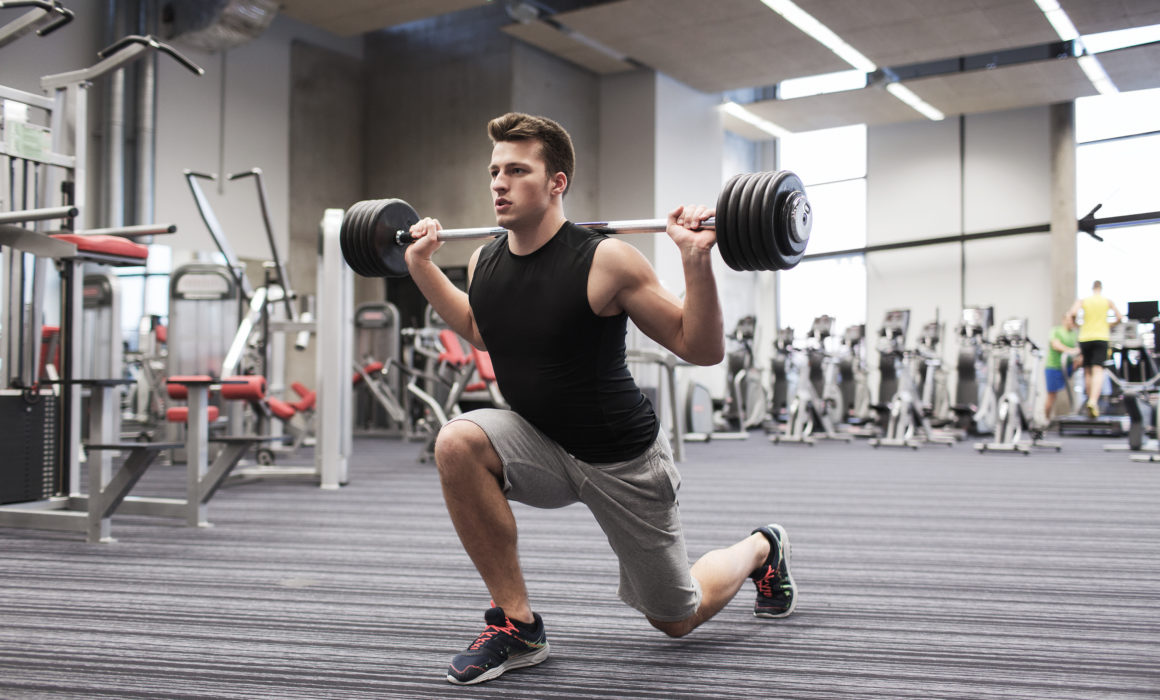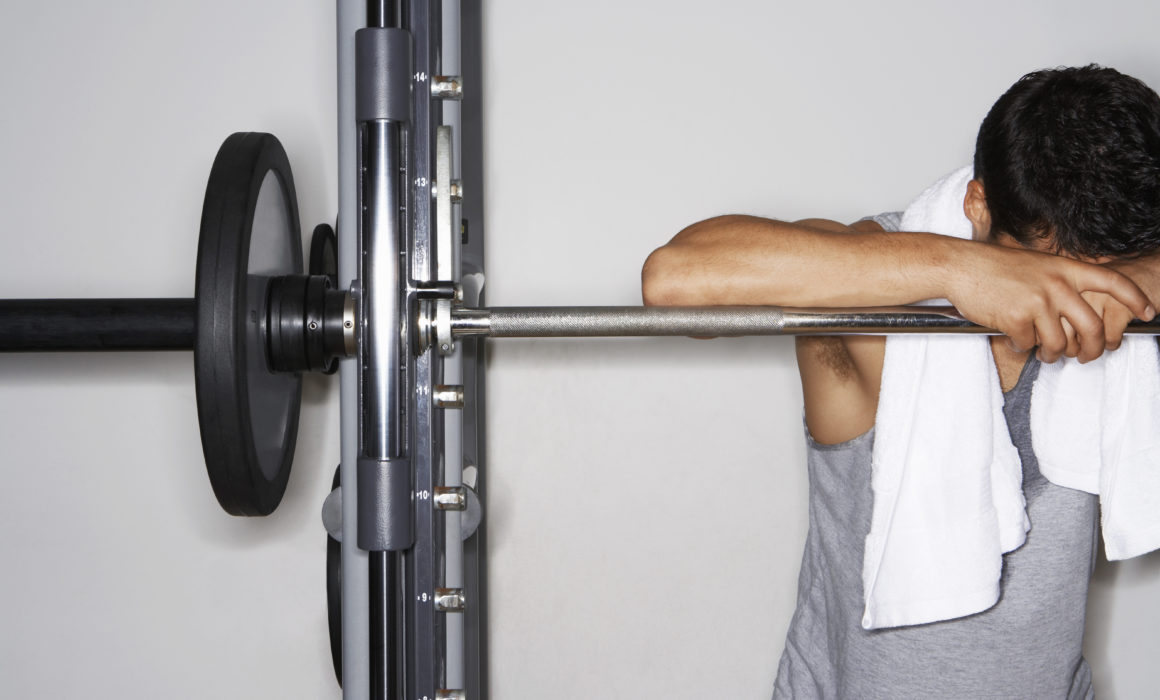Unilateral vs Bilateral Lower Body Training
Unilateral vs. Bilateral Lower Body Training
The unilateral versus bilateral training debate is just about as controversial as what comes first, the chicken or the egg? If you were to ask personal trainers, fitness coaches, or performance specialists which is better, you would get mixed responses. To make things easier for you I am going to break down the differences between unilateral and bilateral lower body training. The best one for you depends on where you are on your fitness journey or performance goals.
Unilateral Training
Unilateral training involves asymmetrical exercises that only use one side of your body at a time. A unilateral lower body movement involves the use of one leg. There are varying intensities when it comes to unilateral lower body training depending on whether the exercises are done with free weights or machines. Here are examples of unilateral lower body exercises:
- Split Squat
- Piston Squat
- Lunge Variations
- Single Leg Romanian Deadlift
- Single Leg Glute Bridge
- Single Leg Hip Thrust
- Step Up
- Step Down
- Single Leg Stability Ball Hamstring Curl
- Single Leg Press
- Single Leg Extension
- Single Leg Hamstring Curl
Bilateral Training
Bilateral lower body training involves the use of both legs symmetrically. Bilateral lower body exercises are the staples of most strength programs. Here are examples of bilateral lower body exercises.
- Squat Variations (Back Squat, Front Squat, Overhead Squat)
- Deadlift
- Romanian Deadlift
- Trap Bar Deadlift
- Clean Variations
- Snatch Variations
- Leg Press
- Leg Extension
- Glute Bridge
- Hip Thrust
- Stability Ball Hamstring Curl
- Glute Ham Extension
- Nordic Leg Curl
Benefits of Unilateral Training
Unilateral lower body training is great for improving muscle imbalance, kinesthetic awareness, and stability. The asymmetrical nature of these exercises cause your body to stabilize joints and core muscles to maintain balance while executing the movement. If you have had an injury or dysfunction in your lower extremities, unilateral training will help isolate those weak points, and the appropriate exercise can help strengthen to restore full health and function. Unilateral training puts more isolated stress on the single limb being worked. This allows people to put stress on their limbs without overloading with weight, which can increase risk for injury.
Benefits of Bilateral Training
There are many benefits of bilateral lower body training. These include greater muscle recruitment, strength gains, central nervous system (CNS) adaptation, hormone response, greater metabolic effect, and requires less coordination. When performing bilateral lower body exercises, balance and stability are less of a factor compared to unilateral training. This gives you the ability to lift more weight. If your goal is to increase strength, muscle mass, power, or speed, bilateral training will help you make the necessary gains to reach your goal.
How to Implement Unilateral and Bilateral Training into your Workouts
Both bilateral and unilateral lower body training exercises are beneficial whether you are looking to improve your fitness or performance for sports. The most important thing to consider when selecting bilateral or unilateral lower body exercises is what is your number one goal? Do you want to maximize your strength? Do you want to improve your balance, core strength, or stability? Are you recovering from an injury and looking to strengthen an isolated joint or muscle group? Answering these questions before making exercise selections will help you map a plan of action before putting together an exercise routine.
My recommendation is to combine both bilateral and unilateral training in the same training session. After completing a thorough warm up, start with a compound bilateral exercise such as a squat or deadlift. It is important to do these exercises while mentally and physically fresh because they are more taxing than unilateral exercises. After completing one to two compound bilateral exercises, add in one to two unilateral exercises. Another option to consider is switching back and forth between hip dominant exercises (deadlift, hip thrust, etc.) and knee dominant exercises (squats, step ups, etc.).
Below is an example of a combined bilateral and unilateral lower body training routine.
|
Example 1 |
||
|
Bilateral |
Back Squat | 3×8-12 |
| Unilateral | 3×8-12 | |
| Unilateral | 3×8-12 | |
| Bilateral | Stability Ball Hamstring Curl |
3×8-12 |
|
Example 2 |
||
|
Bilateral |
Deadlift | 4×5 |
|
Unilateral |
Bulgarian Split Squat | 3×6 |
| Bilateral | Nordic Leg Curl |
3×8 |
| Unilateral | Single Leg Hip Thrust |
3×8 |



